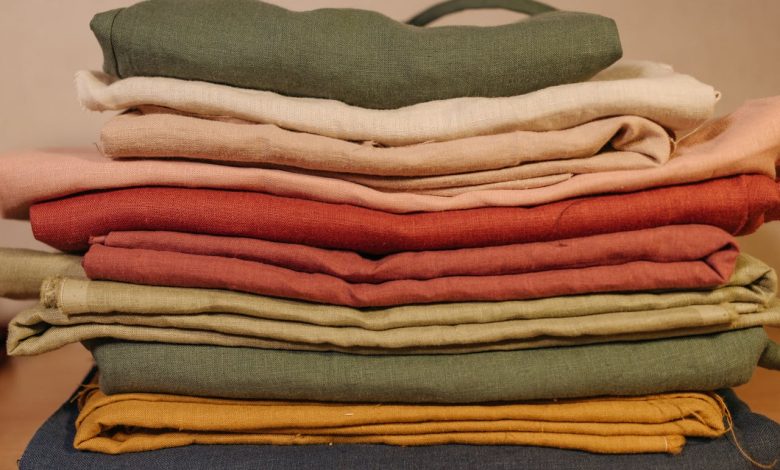Hemp as a Sustainable Solution: Addressing Plastic Use and Fast Fashion Challenges

Hemp as a Sustainable Alternative to Plastic and Fast Fashion
The utilization of hemp is emerging as a potential solution to issues surrounding plastic consumption and the challenges posed by fast fashion, particularly in relation to the United Nations’ Sustainable Development Goal (SDG) 12, which focuses on responsible consumption and production.
Understanding SDG 12
SDG 12 stresses the importance of fostering sustainable lifestyles worldwide. However, achieving this objective has become increasingly challenging due to the widespread issues linked to plastic usage and the rapid changes in consumer behavior driven by the fast fashion industry.
The Plastic Crisis
In recent years, the production and consumption of plastics have escalated into a significant environmental crisis, characterized by severe pollution. The growing accumulation of plastic waste has adverse effects on wildlife, ecosystems, and human health, contributing to issues such as animal entanglement, the ingestion of harmful substances, and the introduction of toxic materials into the food chain.
The Fast Fashion Phenomenon
The fast fashion phenomenon has also transformed consumer behavior, resulting in an increase in clothing purchases and a corresponding rise in textile waste. The quick cycles of buying and discarding garments, often influenced by low pricing and transient trends, have led to unsustainable practices within the textile industry.
A Collective Effort for Sustainability
Addressing these intricate challenges necessitates a collective effort across multiple sectors, including government, industry, and individuals. The United Nations aims to elevate global awareness of sustainable development by 2030, with hemp recognized as a potential contributor to addressing these pressing challenges.
The Benefits of Hemp
Scientifically known as industrial hemp (Cannabis sativa), this versatile plant can offer a sustainable alternative in the context of plastic waste and fast fashion. Hemp is inherently pest-resistant, requires fewer resources for cultivation, and can grow rapidly within three to four months. It has applications in the production of over 50,000 commercial products, including bioplastics that are more biodegradable than traditional plastic materials, potentially reducing the long-term impacts of plastic pollution.
Hemp in the Fashion Industry
Within the fashion industry, hemp provides a more sustainable alternative to cotton, as it demands significantly less water and does not deplete soil resources. Hemp can produce up to three times more fiber than cotton and features greater strength. Its natural resistance to pests and weeds further reduces the necessity for chemical pesticides, which have both environmental and economic drawbacks.
Challenges of Transitioning
However, transitioning to the use of sustainable materials like hemp presents challenges for businesses rooted in traditional practices. Industries tied to fast fashion and plastic often have well-established supply chains and considerable investments, making it difficult to pivot towards sustainable alternatives without significant investment in research and development.
Promoting a Circular Economy
To promote sustainable consumption and mitigate plastic waste, a shift towards a circular economy is necessary. This approach emphasizes reducing waste through product redesign and increasing awareness and education regarding ecological practices. Achieving this will require collaboration among governments, businesses, non-governmental organizations (NGOs), communities, and individuals.
Conclusion: Towards a Sustainable Future
The integration of innovative solutions and the enforcement of environmentally conscious practices are vital for nurturing a sustainable future. The adoption of hemp has the potential to significantly lessen the environmental repercussions of plastic and fast fashion, thereby supporting efforts towards a more resilient global economy.
Source: Swinburne University




